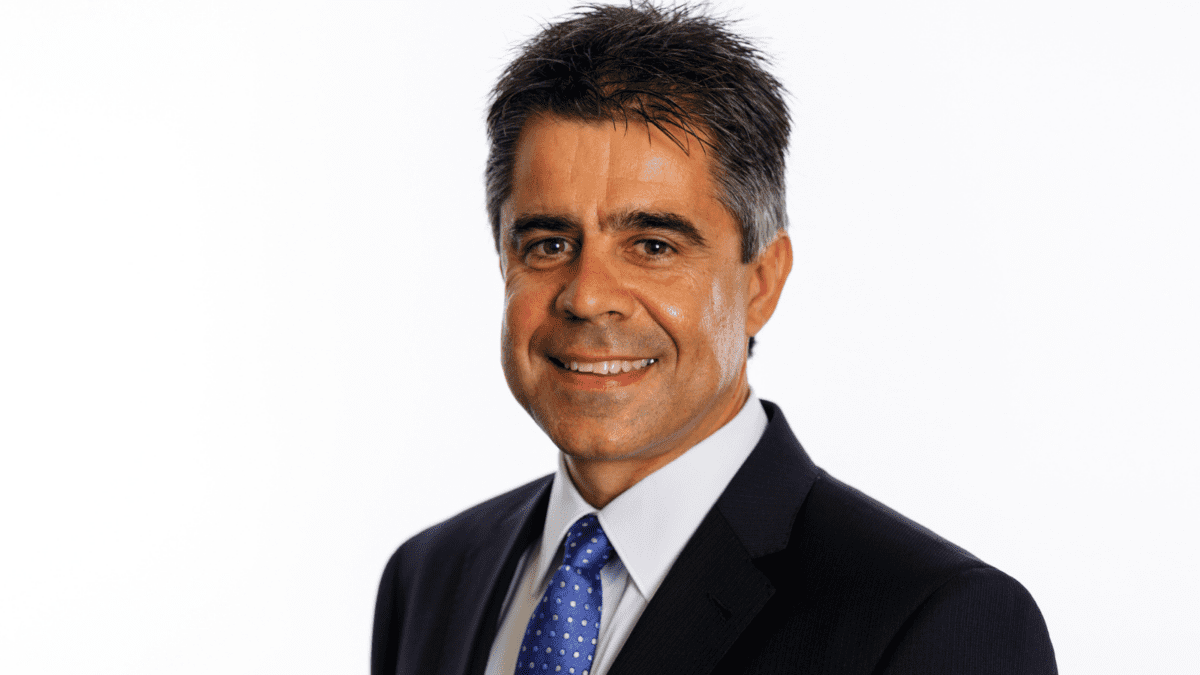SMSFs are becoming a byword for complexity
Australia’s unique self-managed superannuation (SMSF) system has become rife with unnecessary complexity as it has evolved, with layer after layer of technical updates to the sector adding “no discernible benefit” to trustees, members and their advisers, according to the SMSF Association.
In the past decade, as the self-governing route has become more popular – at 31 December 2023, SMSF net assets totalled $878.4 billion or about a quarter to total super assets of $3.5 trillion – the rules governing the system have veered into the “unnecessarily complex”, argues SMSF Association chief executive Peter Burgess.
“Nowhere is this complexity more evident than with Transfer Balance Caps (TBCs), ISuper Balance Thresholds (SBTs), and the rules overseeing the notice of intent to claim a tax deduction. All three issues would benefit from being simplified.”
He cites individual indexing of the TBC as a key area of consternation that is, by its ever-changing nature, only set to get worse.
“Indexing the TBCs on 1 July 2021 and 1 July 2023 has added further complexity to the system, having shifted from having a single cap to individual caps ranging from $1.6 million to $1.9 million. This is causing confusion and increasing costs across the sector – and can only increase with future indexation.
“It is no different to the introduction of multiple TSB thresholds that have made it increasingly difficult for individuals to understand their options. In our opinion, the number of TSB thresholds could be significantly reduced.”
One of the most vexing areas of complexity, he says, is legislation around the notice of intent to claim a tax deduction. At this point in time making amendments to the affiliated rules should be a priority, he says.
“How these rules operate is overly complex, contains multiple hurdles and points of failure. The result is the loss of a tax deduction for an individual making the contribution.
“The regime is inflexible and does not allow for amendments or remediation, with a point of failure often being due to a simple administrative error that taxpayers are unable to remedy, and the Commissioner of Taxation has no discretionary powers to resolve,” Burgess continues.
“The operative provisions need reform and modernisation to ensure the law operates in a manner that is fit for purpose.”
Another bone of contention for the Association is the proposed new tax on superannuation earnings on balances above $3 million. In particular, the Government’s decision not to index this cap and the fact it will mean taxing unrealised capital gains is causing consternation throughout the SMSF community. It will also make the system more complex.
On the issue of taxing unrealised capital gains, Burgess says: “For almost 40 years Australia’s tax system has clearly delineated between income and capital gains tax, with the latter only payable on the realisation of an asset.
“This new tax turns existing tax policy on its head by treating the increase in the price of an asset as income received during the income year. Furthermore, when the asset is eventually sold, the capital gain will still be subject to capital gains tax, subjecting taxpayers to double taxation.”
There are sound reasons why historically the tax system only taxes a capital gain when an asset is sold. “To impose tax annually on the ‘paper increase’ in the value of an asset will involve taxing investors on amounts they haven’t received, so potentially will require investors to call on cash reserves to pay the tax. And what if asset prices go up in one year and down the next? A complex system of tax credits and carried forward unrealised capital losses will be required to ensure equity.”









